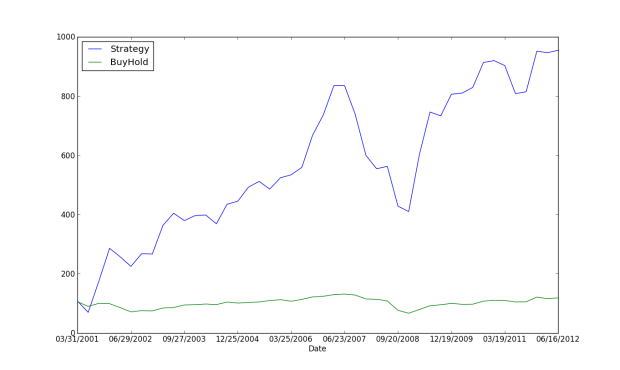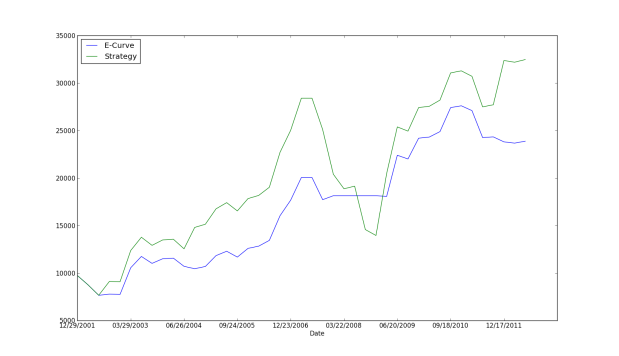When I started researching about investing at the age of 16, I only believed in value investing. The idea of buying things cheaply intuitively made sense. You’d find me constantly researching and reading value investing books night after night. As each company I researched had different business models and economics moats, a lot of my earlier methods of analyzing stocks weren’t systematic and therefore couldn’t really be tested. Besides where could a teenager get his hands on data back in 2006.
I stopped all my efforts in discretionary value investing in early 2010 but 2 years today, I finally could put my earlier ideas to test. Let me define some of my ideas for researching companies. There are a lot of ways to value a company. Be it using earning projections to discount future cash flows to deriving value from assets in the balance sheet, many value investors can only agree that value is dependent on how one defines it. For myself, I didn’t like outright projections of earnings due to the myriad of factors and assumptions I had to make regarding the future. Instead I placed heavy emphasis on assets on the balance sheet which really took out companies that weren’t heavily asset backed. Within the balance sheet, I really just simply looked at how healthy things were. The ratio of liquid assets verses long term debt and short term debt should be healthy. The current price should be trading near its book value per share minus liquid cash. Profit margins should be high indicating market share. One of my favourite ratios to look at is comparing trailing 12 month net income to total debt. Reason being the higher it is, the more assured I am that the company can pay money back to it creditors. These are just some of the analysis I do but what comes after is entirely subjective hence hard to know if its lucky or hard work.
To test my earlier methods of analyzing stocks, I have created a stock screen that screens and buys stocks based on the following 2 conditions.
1. Closing price of stock must be less than Book Value per share (quarterly)
2. Annual Free Cash flow > Total Annual Debt
Test date are from 2001-2012. Rebalancing quarterly. Stock universe is based on the Russell 1000 adjusted for survivor-ship bias and splits. My benchmark is the SP500. The results, assuming 100 dollar invested:
The simple strategy multiplied the initial capital by more than 8 times compared to the benchmark which barely moved in the past decade. Its true that no matter how nice a business or its fundamentals are, a rising tide lifts all boats. Simply running this stock screen, the investor would face drawdowns of 50%, a bit more than holding the SP500 which endured a 49% MaxDD. What risk management measures can be implemented to improve the performance?
In one of my earlier posts I mentioned about trading the equity curve. The modified strategy will be taking signals until the 4 quarter total equity value is less than its own SMA which then I will be favouring cash rather than invested in equity. The results:
From the above image, one can see that there indeed is a reduction in risk associated with the modified strategy. Although Sharpe improved by 2.8%, MAR improved by 74%. Further research I think may improve results is ranking each quarters signals by some measure of price, volume, or volatility.
This was really an eye opener as I would never have dreamt of actually testing my earlier methods in such a manner. I always thought that value investing would be more of an art compared to systematic trading. In the future I hope to start messing together my research in value and momentum to show that combining uncorrelated edges improves performance.
SE



Really interesting post – wonder if we added relative and absolute momentum – lets say a 4 month look back period – would this help reduce the draw downs.
Anyhow keep up the fantastic work!